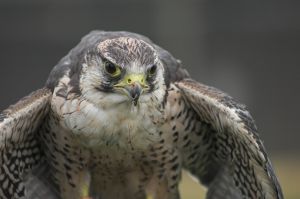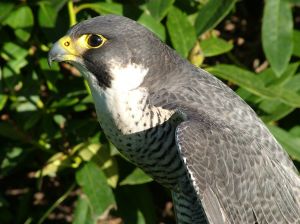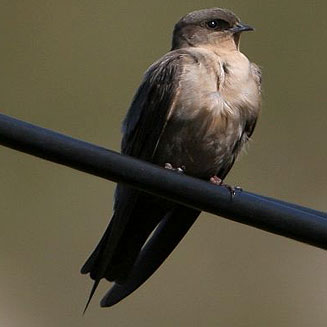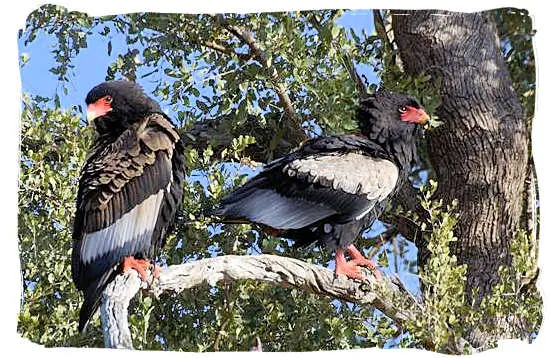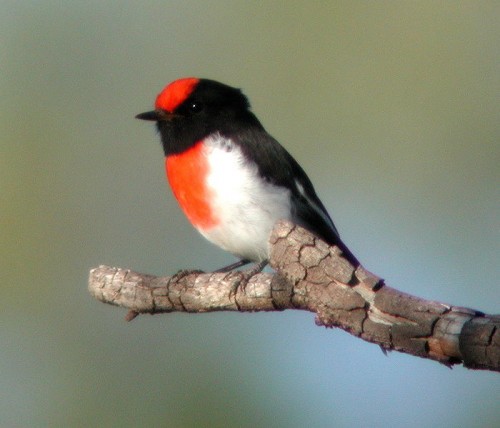Peregrine Falcon
Also known as the Duck Hawk in North America and the Peregrine, the Peregrine Falcon is a cosmopolitan bird. There are about 17 to 19 sub-species which vary in range and appearance. As it ican reach up to speeds of 200mph/320 kmh in one stoop, it is one of the fastest creatures on Earth.
The Peregrine Falcon’s breeding range is from the Tropics to as far north as the Arctic tundra. They can be found almost everywhere on earth except for most tropical rainforests, very high mountains, and extreme polar regions. The only major ice-free landmass that this bird is absent from is New Zealand, which makes the Peregrine Falcon the most widespread bird of prey. In fact, it used to be called the ‘wandering falcon’ due to its migratory habits.
This bird has a body length of 34 – 58 cm and a wingspan of 80 – 120 cm. However, there is reverse sexual dimorphism as females are actually 30% larger than males. Males only weigh about 440 – 750 g, while females weigh almost double at around 910g – 1.5 kg. The back and long pointed wings of the adult Peregrine Falcon are bluish black to slate grey. Its wingtips are black. Its underparts are white to rusty.
The Peregrine Falcons diet consists mostly of medium-sized birds. However, it will also sometimes hunt small reptiles, small mammals, and insects. When it reaches sexual maturity at 1 year old, it will mate for life and nest in a scrape which is normally on cliff edges. However, they are also known to nest on tall man-made structures.
Unfortunately, the Peregrine Falcon became an endangered species due to the use of pesticides such as DDT. However, since DDT was banned in the 1970s and onwards, the population of the Peregrine Falcon has recovered most likely due to the conservation measures of its nesting places as well as releases into the wild.
